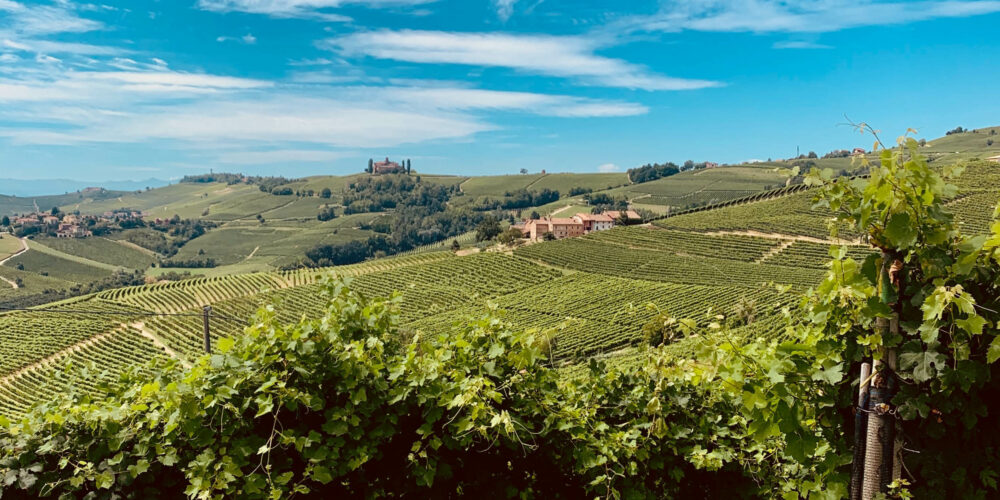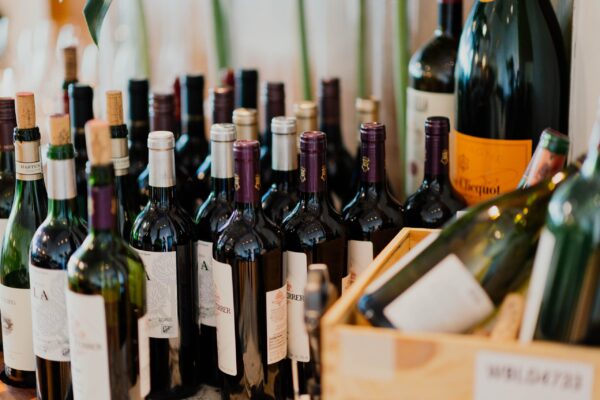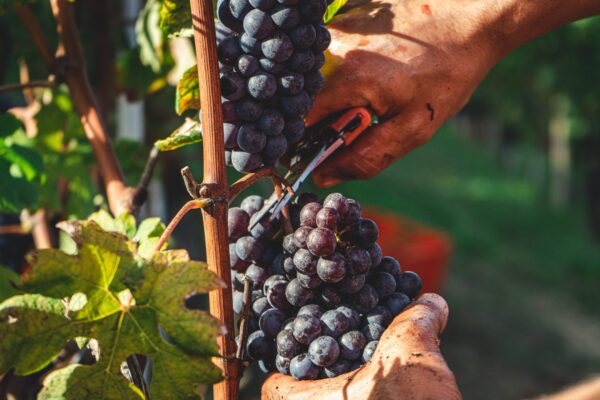With an output of 55 million hectolitres in 2018, Italy is the world’s biggest producer of wine and has a 2,500-year-old history of winegrowing, thanks to the know-how of the Etruscans, Greeks and especially the Romans. In fact, this land where vines grow so well was known as Œnotria or ‘the land of wine’ by the Greeks.
The Italian Wine Classification System
Italy has a similar classification system to France, although created slightly later, in 1960. There are four categories:
- Vino Da Tavola: the equivalent of the French vin de table.
- Indicazione Geographica Tipica (IGT): the equivalent of the French Indication Géographique Protégée (IGP) or protected geographical indication. Some IGTs encompass whole regions, such as Toscano and Sicilia, whereas others cover just a valley or a few hills. Italy has 129 of these, compared with 74 in France.
- Denominazione di origene controllata (DOC): this is the equivalent of France’s AOP (also sometimes still known as AOC). Italy has 474 DOCs, as opposed to 308 AOPs in France.
- Denominazione di origine controllata e garantita (DOCG): This category has no equivalent in the French system, but you could consider these wines as top quality AOPs. There are 39 of them across Italy.
As a whole, DOC and DOCG wines account for less than 20% of Italian wine production.
Italian Wine Regions
With vines stretching from the north to the south of the boot, Italy has the fourth largest vineyard surface area in the world. In total, the country has 20 wine regions:
- Abruzzo
- Basilicata
- Calabria
- Campania
- Emilia-Romagna
- Fruili-Venezia-Guilia
- Lazio
- Liguria
- Lombardia
- Marche
- Molise
- Piemonte
- Puglia
- Sardegna
- Sicilia
- Toscana
- Trentino-Alto Adige
- Umbria
- Valla d’Aosta
- Veneto
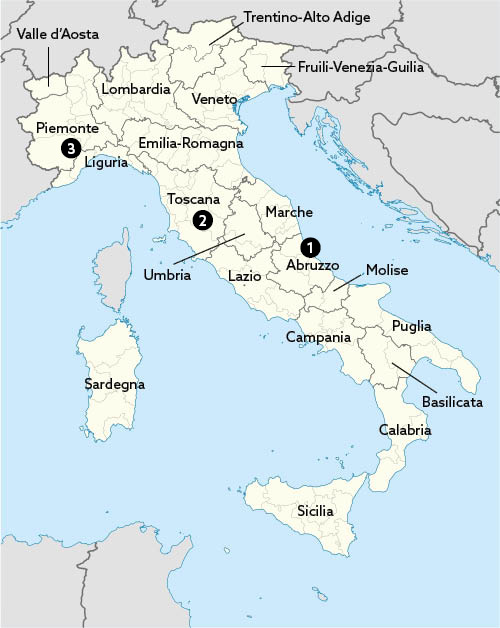
The North East and North West regions are home to about half of Italy’s DOCs and DOCGs, with appellations like Barbaresco, Barolo and Gavi (one of Italy’s only three white DOCG wines).
Major Grape Varieties
One of the particularities of Italian vineyards is the number of different grape varieties grown. Before the Phylloxera disaster at the end of the 19th century, over a thousand different varieties could be found. Today, 338 varieties of the Vitis vinifera species are officially recommended or allowed. This great range of varieties is partly what makes Italian winegrowing so rich. And this richness manifests itself through wines with distinctive character and unique identities and styles. Each region has its own varieties, for example Nebbiolo in the Piedmont and Malvasia Di Sardegna in Sardinia. Others, however, are grown all over Italy, such as Barbera or Sangiovese.
Chianti
The Chianti appellation is one of the best known of Tuscany and all of Italy, and so it would be impossible to end this article without mentioning it.
As early as 1716, the reputation of Chianti led Cosimo III de’ Medici, Grand Duke of Tuscany, to delimit an area to put an end to fakes. The area historically stretched from south of Florence to north of Sienna, which is the region today known as Chianti Classico. Today’s wine region of Chianti covers 17,000 hectares of mostly calcareous clay soils.
The DOC Chianti denomination with its ‘Classico’ sub-region was created in 1963, later becoming a DOCG, in 1984. In 1996, Chianti Classico eventually separated from Chianti to become its very own DOCG. Today, there are eight sub-regions to the appellation:
- Colli Aretini
- Colli Senesi
- Colline Pisane
- Colli Fiorentini
- Montalbano
- Montespertoli
- Ruffina
- Classico DOCG
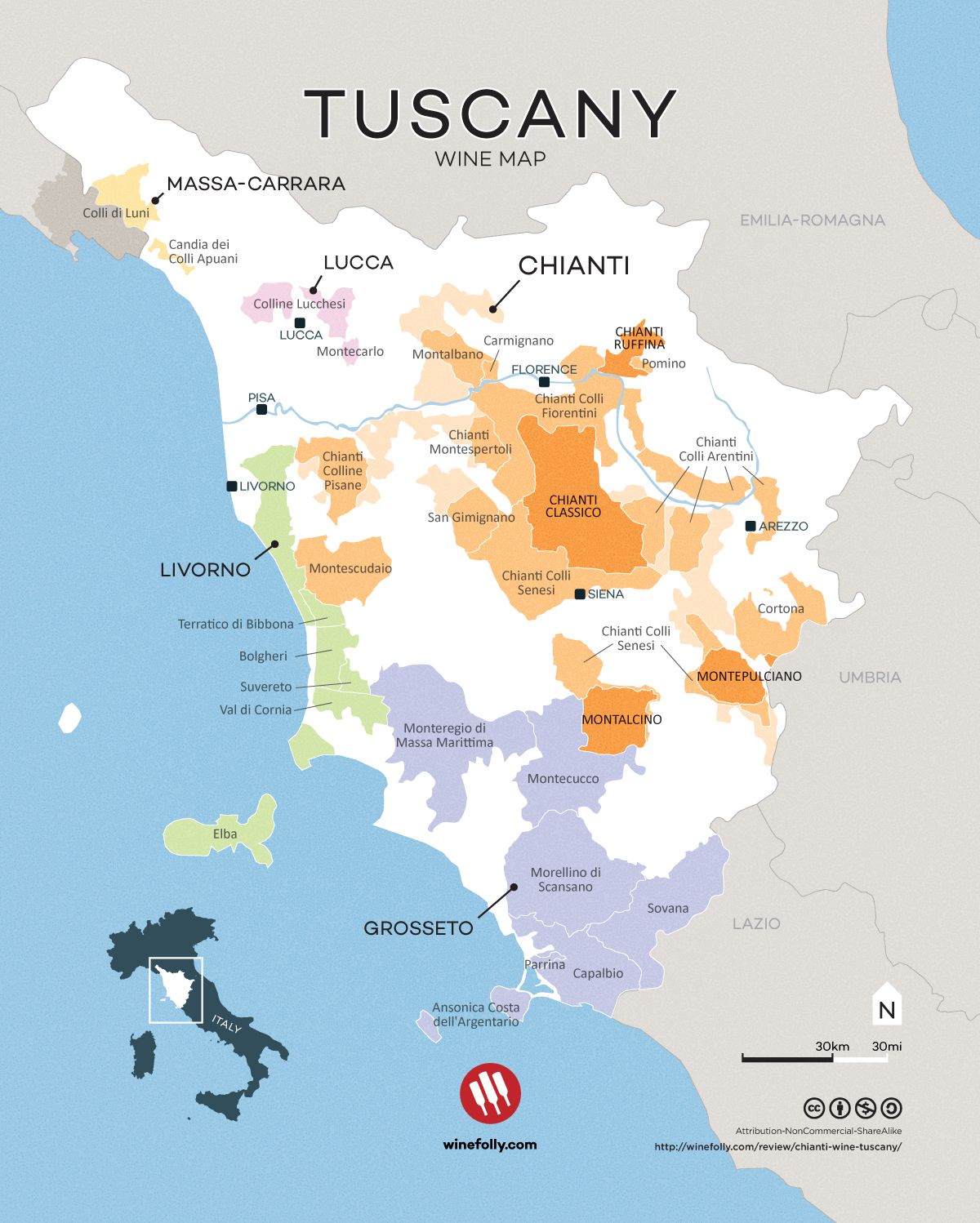
Within DOCG Chianti Classico, there are then three levels of quality:
- Annata: Aged for a minimum of 12 months and at least 12% abv. This level represents 73% of production.
- Riserva: Aged for a minimum of 24 months and at least 12.5% abv. Chianti Classico Riserva represents 23% of production.
- Gran Selezione: With 30 months’ maturation, these are the longest aged wines. They must have a minimum of 13% abv. This category also requires all grapes to come from the winemaker’s own estate –they cannot be bought in – and wines must be approved by a tasting panel. This level represents 4% of production.
The sub-region and quality level also affect the proportions of different varieties in the wines. Chianti must include at least 70% Sangiovese, whereas Classico must contain at least 80%. However, in reality, most Riserva category wines are 100% Sangiovese.
At 10-Vins, you can now discover three new wine listings from Italy. With our Montepulciano d’Abruzzo, Chianti Classico and Gavi di Gavi, you’ll be able to move from theory to practice.
To learn more
Want to open yourself up to world wines and wines that differ from what you know? Our chief wine adviser Béatrice Dominé and French Master Sommelier Laurent Derhé have the answer. Read the article.
